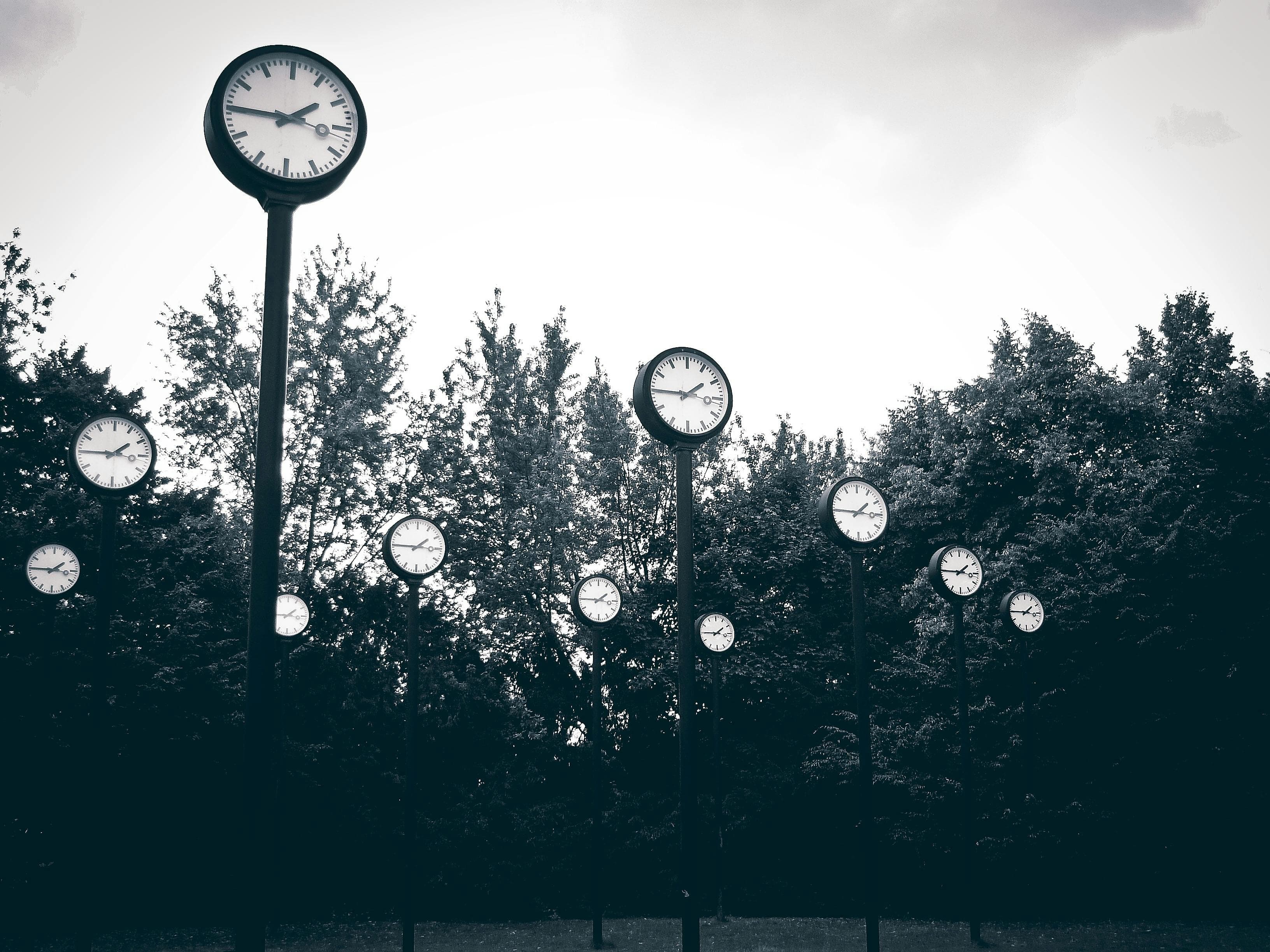Realistic Expectations: What To Expect Over One Year Of Naltrexone Treatment

In This Article
In the first days or weeks of treatment with naltrexone, some people do not feel a dramatic change in craving or drinking behavior. It is completely normal to wonder, “Is this doing anything?”
No matter what your goal is, progress takes consistency over time. Understanding what to expect can help you to stay patient and confident as your brain and body begin to relearn new patterns.
The First Few Weeks: Getting Started
During the first few weeks, naltrexone begins to alter the brain’s conditioned response to alcohol. Naltrexone is beginning to block the opioid receptors in your brain, which are part of the system that makes alcohol feel rewarding.
Some people notice that drinking feels slightly different: the buzz is dulled or the urge to keep drinking fades. Others experience more subtle changes, such as moments of awareness, hesitation before pouring a drink, or feeling less drawn to the ritual of drinking. These early shifts show that the medication is already working beneath the surface.
Side effects such as nausea, dizziness, headache or fatigue may occur in the beginning. Taking naltrexone with food or starting with half a tablet can make it easier to tolerate. Most people find that side effects, if experienced, ease within a week or two.
This early phase is about consistency and trust. Each dose helps your brain begin to disconnect alcohol from pleasure and reward.
One to Three Months: Changes Begin to Show
Between months one and three, many people begin to notice subtle or significant changes.
For those moderating, the desire to drink heavily often fades. You might find yourself stopping mid-glass or feeling content after one or two drinks. Alcohol starts to lose the power it once held. Naltrexone can make moderation easier by reducing cravings for and satisfaction from alcohol.
For those who want to stay alcohol-free, taking naltrexone daily can help quiet cravings and lower the risk of relapse. If a slip does occur, the medication helps prevent a return to binge drinking by blunting alcohol’s rewarding effects.
Many report feeling emotionally steadier, less anxious, and less distracted by urges. Many describe this as more mental space and less preoccupation with thoughts of drinking. That sense of quiet often feels like relief after years of constant internal dialogue about alcohol.
If thoughts about alcohol arise, they tend to pass more quickly. The medication creates a layer of protection that helps prevent a brief temptation from turning into a relapse.
But ups and downs are normal during this period. It is common to feel hopeful one day and frustrated the next. These realities reflect the brain’s ongoing process of adjustment.
Three to Six Months: Growing Control and More Alcohol-Free Days
By the three to six month mark, control begins to feel more natural for many.
For those pursuing moderation, drinking can become an active choice rather than a habit. It can feel easier to skip alcohol on some nights and to stop earlier when you do drink. Continuing to take naltrexone, either every day or targeted to drinking occasions, helps to consolidate and protect progress.
For those maintaining abstinence, this is often the first stretch of true freedom. Thoughts about alcohol quiet down, and cravings are less frequent. Daily naltrexone continues to provide support by helping the brain maintain balance and reducing the risk that one drink could lead to many.
Physical and emotional wellbeing often improves at this stage. Sleep is deeper, mornings feel clearer, and energy levels rise. Many people describe feeling more present, productive, and emotionally stable.
The most important factor in success is consistency: taking naltrexone as prescribed by your medical provider whether that is every single day or every single time before drinking if you are pursuing targeted use. Missing even a few doses can slow your progress or reawaken old reward pathways.
Those who achieve lasting results often pair the medication with coaching or therapy, peer support, and intentional lifestyle change. These complementary tools provide structure, accountability, and new coping strategies. Naltrexone changes how alcohol feels while these supports help change how life feels.
It can also be very helpful to track your progress. Logging drinks, cravings, or alcohol-free days offers an objective way to measure change and reminds you how far you have come.
Six to Twelve Months: Freedom Taking Root
Between six months and a year, many people notice that alcohol no longer occupies much space in their minds or lives.
For those practicing moderation, drinking becomes occasional and manageable. You can take it or leave it. For those maintaining abstinence, cravings are rare and easily dismissed. The sense of peace and stability deepens.
This is the point where many people say they finally feel like themselves again. The brain has relearned that alcohol does not bring true reward, and the nervous system has found a new balance. Energy and focus return. Relationships, creativity, and motivation often strengthen.
Medical experts recommend that people stay on naltrexone for at least twelve months, even if you are feeling healed.
One Year and Beyond: A New Normal
After a year of consistent use, many people feel genuinely free from alcohol’s control. Drinking, if it happens at all, is intentional and limited. For those who are abstinent, peace of mind becomes the new normal.
Some continue naltrexone indefinitely, others take it as needed, and some discontinue once they feel stable.
Long-term use of naltrexone is considered safe and effective. People in abstinent recovery often continue daily use indefinitely for peace of mind. People practicing moderation sometimes continue to take naltrexone daily for similar reasons. Others use medication only when they plan to drink, taking a targeted approach.
Some choose to stop taking naltrexone and monitor their progress, knowing they can always restart the medication if old urges return. What matters most is finding the approach that keeps you feeling healthy, confident, and in control.
Why Timelines Differ
Every person’s path is different. Some see results quickly while others need more time for change to take hold. Several factors influence the timeline:
- Drinking history and pattern: the longer or heavier your drinking has been, the more time your brain may need to reset.
- Consistency with dosing: taking naltrexone consistently, whether daily or before drinking, is the single most important predictor of success.
- Support systems: coaching, therapy, and peer support help strengthen the new patterns that naltrexone creates.
- Lifestyle and mindset: setting clear goals, working on habits and beliefs, and building a healthy, fulfilling lifestyle all accelerate progress. Those who work intentionally on both their inner life and their environment tend to sustain long-term change.
- Personal biology: brain chemistry and metabolism vary from person to person, influencing how quickly naltrexone takes effect.
When Progress Plateaus
Everyone experiences plateaus at some point. Drinking declines may level off, cravings may fluctuate, or motivation may dip.
When this happens, stay consistent with your medication, reconnect with support, and refresh your routines. Adding new activities, journaling, or mindfulness practices can help renew momentum and restore focus.
Final Thoughts
Naltrexone is not a quick fix, but it is one of the most powerful tools for creating lasting change. Whether your goal is moderation or abstinence, consistent use paired with self-awareness, support, and patience can help you regain control and rediscover balance.
If progress feels slow, remember that every time you take your medication, you are reinforcing a new message to your brain: alcohol no longer controls me. With time and consistency, that message becomes your reality.
Be patient, stay steady, and celebrate every sign of progress. You are building a life that feels calmer, clearer, and truly free.
About The Author
Karen Dion is the Director of Coaching at Oar Health, a National Board Certified Health & Wellness Coach, and a Licensed Addiction Counselor. She is also co-founder of the Naltrexone Alliance (naltrexonealliance.org), which brings together scientists, clinicians, and individuals with firsthand experience to empower people with knowledge about the potential of naltrexone to help those at risk for or struggling with alcohol addiction. After using naltrexone to successfully change her own relationship with alcohol eight years ago, Karen now leads a team dedicated to helping others navigate alcohol recovery treatment, achieve moderation or abstinence goals, and reclaim a life of clarity, freedom, and health.
Related Articles
- How It Works
- Alcohol & Health
- Alcohol Misuse & Alcohol Use Disorder
- Strategies to Drink Less or Quit
- Treatment Options
- Medication-Assisted Treatment
- Recovery Stories
- Member Stories
- Moderation Stories
- Sobriety Stories
- ¹ Oar Health membership plans include access to the Oar Health platform, virtual consultations with a healthcare professional, and medication if prescribed by a healthcare provider. 3 month membership plan costs $297, equating to $99/mo.
- ² Self-reported by members after 6 months of Oar Health membership.
- ³ Verywell Health survey of Oar Health members, published March, 2023.
- ⁴ Prescription medication is available only if prescribed by a licensed clinician.
- ⁵ Compounded medications are prepared based on a prescription from a healthcare provider. They are not reviewed by the FDA for safety or efficacy.






